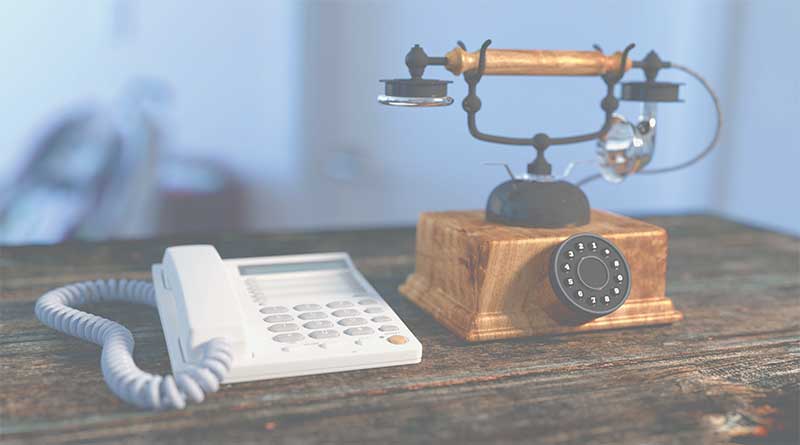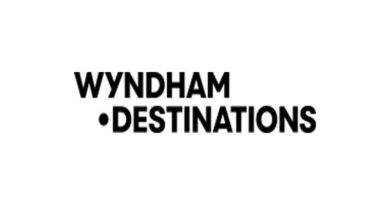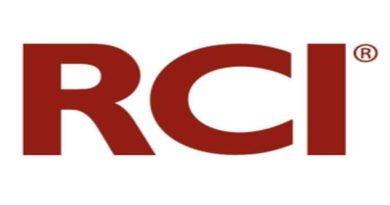Communication Styles in a Multigenerational Workforce
See More
Communication Styles in a Multigenerational Workforce
The complexities of communication have become much more pronounced in the workplace, particularly since today’s workplace arguably includes four (soon to be five) different generations. Workplace teams are comprised of people of varying ages, generations, backgrounds, and life experiences. These differences affect communication in many ways. Due to the differences in backgrounds, certain generations may value formal versus informal approaches. Some generations like to be praised more than others and some will have different perspectives on conformity in the workplace. Arguably, one of the areas of organizational dynamics that stresses the multigenerational workforce most is, indeed, communication. Anyone with both children and parents knows that communication within each generation can differ drastically. If we are open to
Coaching/Feedback
The millennial generation wants more feedback from their managers, and they want to receive it more frequently. It’s also becoming clear that they appreciate authenticity in their interactions with supervisors. That means opening up about successes, struggles, and failures. This could be challenging for managers from different generational backgrounds, but maintaining an approachable demeanor will become increasingly important. In certain situations, forthright communication can be more beneficial than a controlled message. Giving more feedback is an effective way to accomplish this. Workers from across all generations can benefit from receiving more frequent (and honest) feedback. A coaching program is a good way for experienced leaders to provide feedback and insight to others under the umbrella of helping them succeed. This is a much more non-threatening way of offering feedback and begins with the success of the protégée at the forefront. Employers should encourage coaching as an ongoing process rather than scheduled performance reviews.Cross-Generational Mentoring
If possible, employers should pair younger workers with seasoned executives to work on specific projects that involve technology. The younger, tech savvy generation who grew up with the internet can teach the older generation about the power of social media and how it can drive business results, as well as tech hacks, business tools in the form of apps, and research tips. On the flip side, the more experienced employee shares institutional knowledge and life experience with the younger workers. Work teams consisting of mixed age workers is another wonderful way to promote cross-generational mentoring. Individuals tends to learn more from on the job training than from formal training, which is why it is so important to establish a culture of coaching/teaching across all age groups. Mentoring relationships tend to develop naturally in a mixed age environment, and seasoned employees will likely fall into a mentor role and help the younger employees. However, studies show that the learning is equally beneficial on both sides of the age spectrum and that inter-office communication is greatly enhanced by these types of work arrangements.
Generation Collaboration
In a multigenerational environment, it’s beneficial to have events favored by a specific generation. Younger generations might feel more comfortable communicating their thoughts in a social setting, while older workers prefer a structured setting around specific tasks. The key is to encourage everyone to attend both types of events. This will allow employees to build relationships and get to know each other across generations. With strong relationships, miscommunications are less common and even when they do happen tend to be less likely attributed to malicious intent. Further, these collaborations could lead to an understanding of why one person communicates one way (by phone) vs. why another communicates another way (via IM) and foster an understanding to bridge a communication gap.
Technology Matters
The tech-savviness and flexibility of the millennial generation often suggests a preference for technological communication styles – IMs, texts, etc. However, one study reported that most Millennials and Generation Z have reported a preference for in-person contact. While they value the ability of technological advancements to increase productivity and help them complete tasks, workers in younger generations still see the value in human contact when it comes to collaboration and management. An effective communication strategy will take into account that, while a quick IM could be a good way to check in about a specific detail, a private in-person setting is the best way to have a longer conversation. Members of all generations still see the value in more personal contact. Most companies pride themselves on being technologically advanced, however, employees who aren’t yet trained on new applications might feel left out while others could miss the personal touch of an in-person conversation. This is a perfect opportunity for multi-generational mentoring and where younger, more tech savvy generations can provide value to those of older generations.
Key Take-aways
While it’s critically important to be aware of multigenerational differences, one also should avoid the temptation to automatically stereotype an employee based on his or her age. Even though individuals fall into a certain group based on the year of their birth, they may not reflect the typical characteristics of their particular generational group. Also, there are other factors that impact communication differences in the workplace such as culture, gender differences, industry, etc. Communication as a whole is difficult but can be improved by embracing generational differences and being
ABOUT WITHUMSMITH+BROWN, PC (WITHUM)
Withum provides clients in the hospitality, vacation ownership and other industries with assurance, accounting, tax compliance



